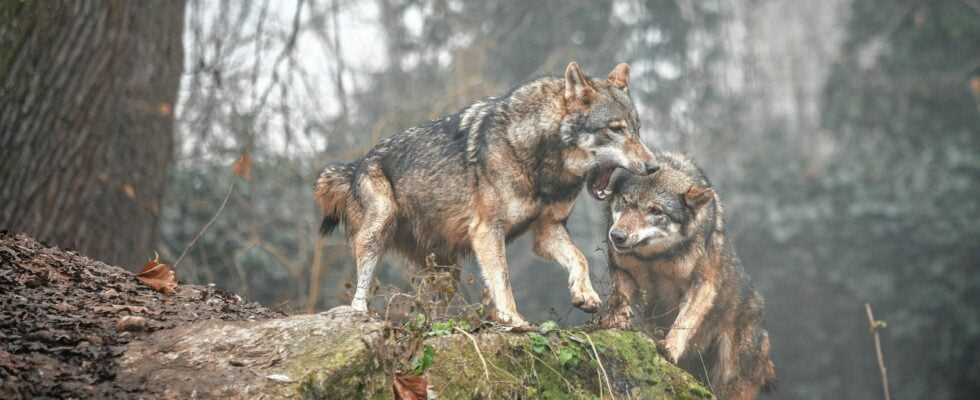A young wolf, which may have walked in from Italy, is currently causing a stir in the Gesäuse area. Lynx, bear, wolf, jackal – the WWF tells us which predators we have where.
“Austria is the last country in the EU to which predators move,” explains Christian Pichler from the WWF. “Everyone else has had large stocks for a long time.” That’s why he always has to smile when there is a “death scream” about every sighting or crack in our country. “In Italy, for example, there are thousands of wolves, we live together.” In Switzerland, there is a team of dozens of experts who only practice wolf management, and certainly don’t allow problems to arise through measures or work out solutions. Pichler: “That means you don’t have to reinvent the wheel in Austria. You can draw on many years of experience from other EU countries.” He also emphasizes how wolves help people: “They keep the forest healthy because they mainly eat sick animals, which they can kill more easily. He leaves food for the birds of prey – which promotes biodiversity.” Of course – a farmer whose sheep are being killed isn’t much help from this knowledge. Although sightings of all kinds are rare anyway, “with wolves, for example, a layman can by no means be sure whether it is not a dog after all. Often not even experts can tell from the observation, sometimes only a DNA test can help.” Last year, a “Master Petz” fell into the photo trap near Leutschach that was set up when a wild boar was killed; The fact that he returned to Slovenia was also his death sentence – he was shot down. Currently there is not a single bear that is permanently based in Styria, says Pichler – around Mariazell there were up to twelve at the same time between 1991 and 2006! Despite protection, they “disappeared”. As is the case with some lynxes, “it is bad for us anyway. Because its habitat is so cut through, animals are run over or simply ‘disappear’. The lynx was already extinct in Styria. You would have to help him with targeted settlement and monitoring. But there are no measures.” Just don’t chase after them for photos. But what should you do if you encounter a bear or wolf in the wild – as unlikely as that may be? “First of all: you should enjoy the sight – something like that probably only happens once in a lifetime. Then: Withdraw respectfully – the predator most likely going of its own accord. Don’t run after them for a photo! And don’t feed them either – it is this misconduct on the part of humans that the wolf then has to pay dearly for. Because he loses his shyness and becomes a problem animal.”
source site-12
